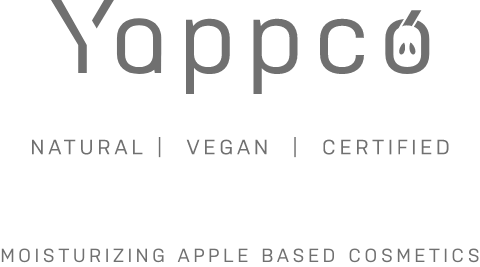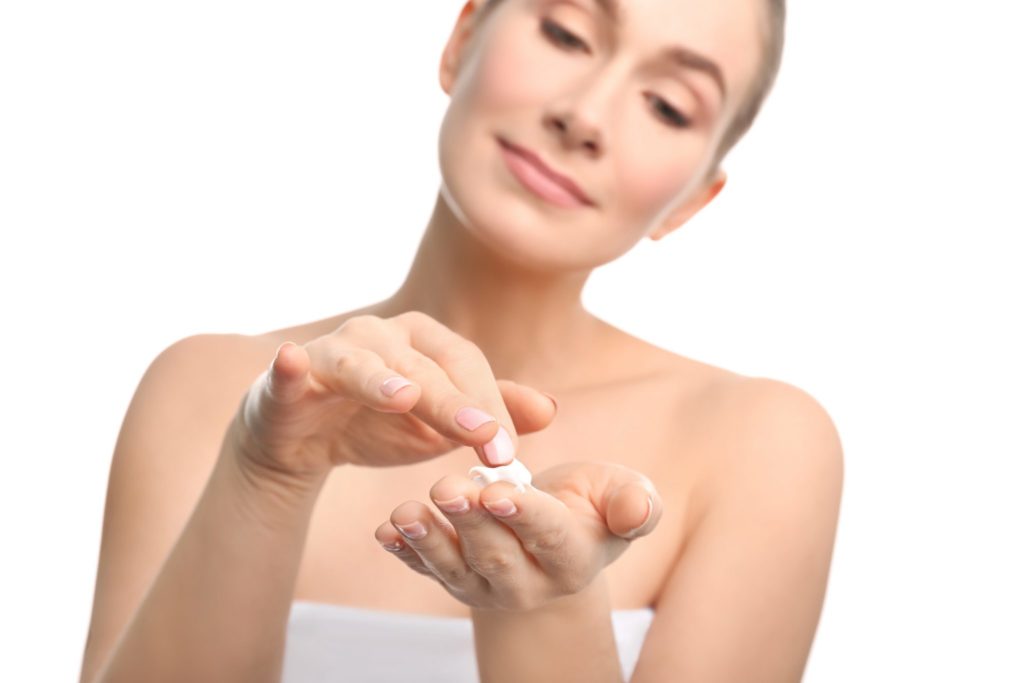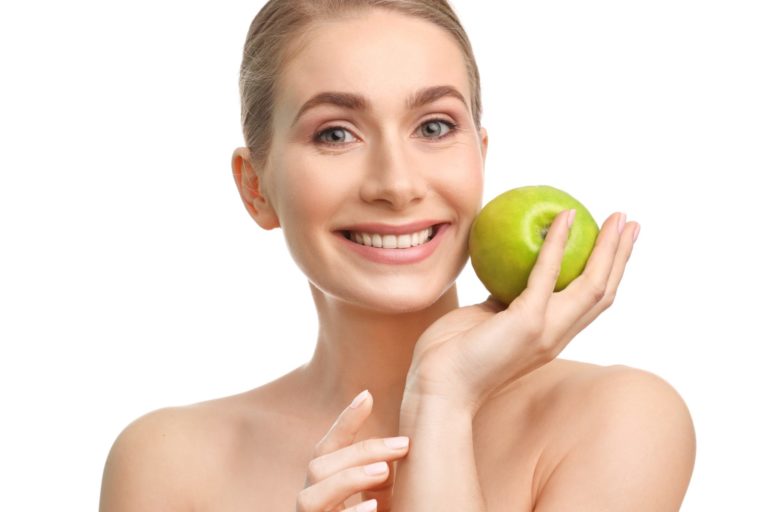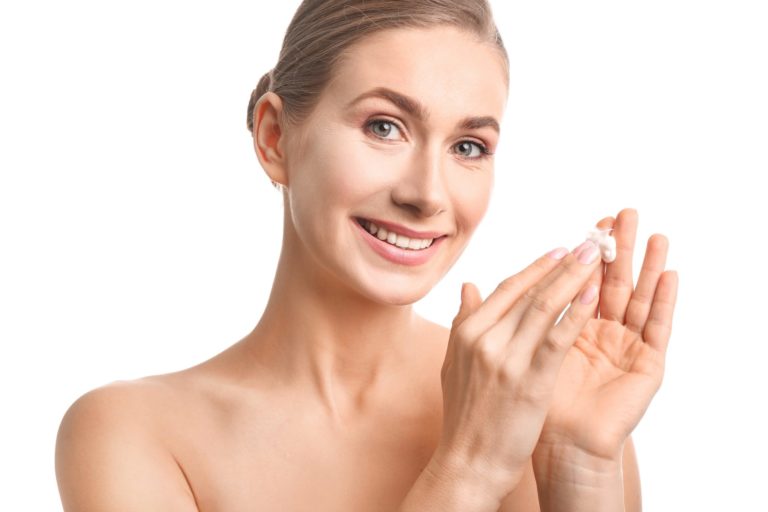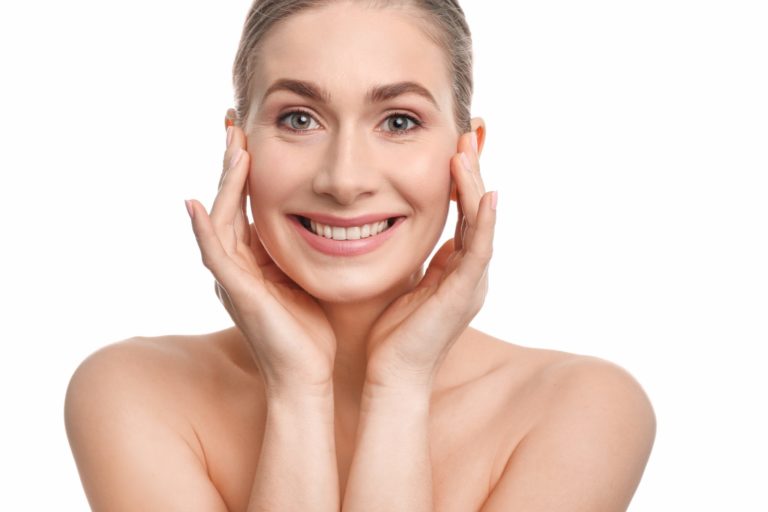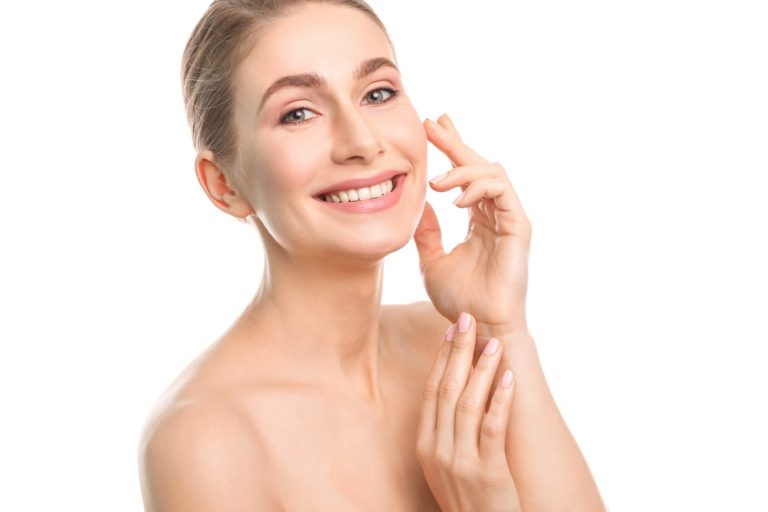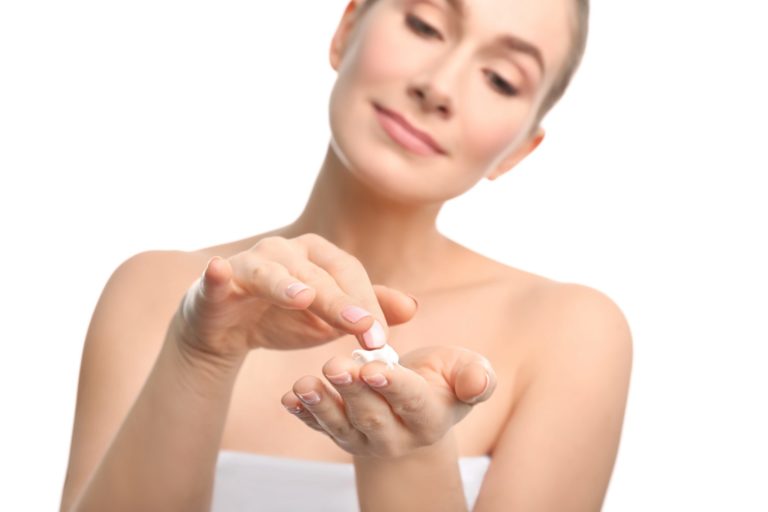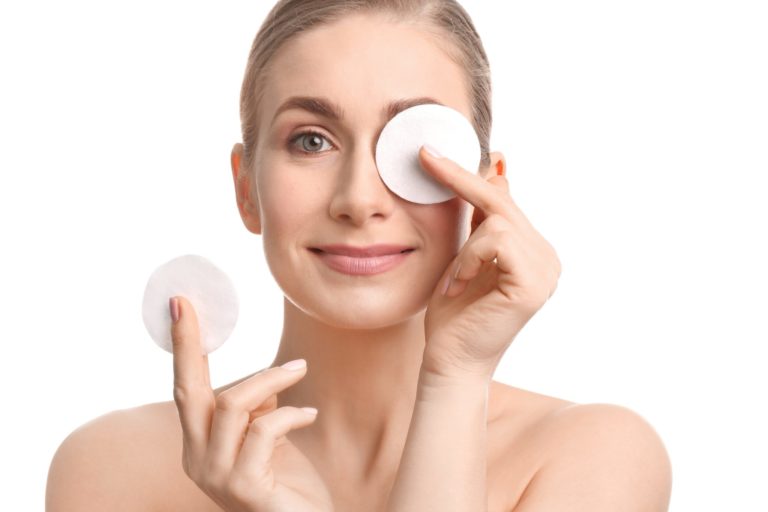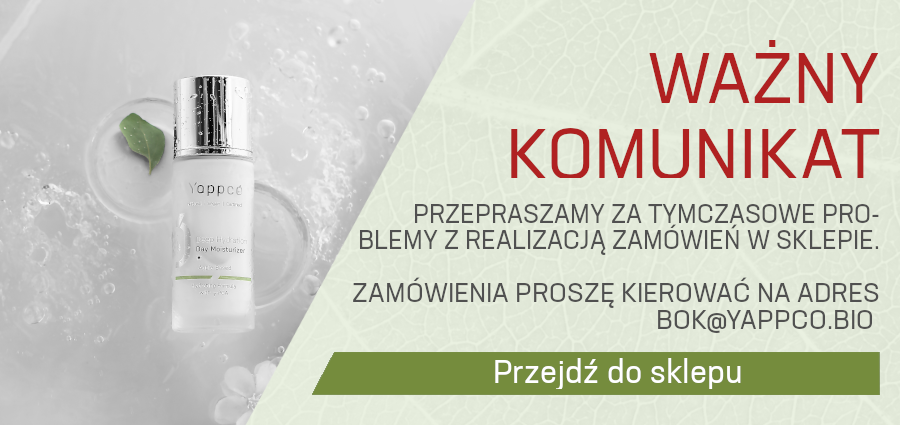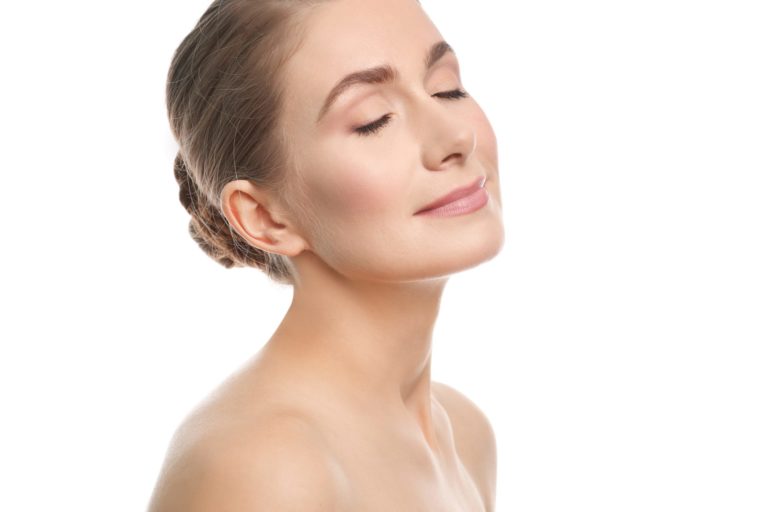
We don’t use
Skincare without undesired ingredients.
Ecolabels Certifying Companies recommend that in natural beauty and care products a lot of ingredients, commonly used by producers of conventional beauty and care products, should be avoided. Even though the substances in question are legal, it is a common knowledge that they may be harmful for people and the environment as they may trigger allergies, surge in the human body, overload kidneys or a liver, favour development of cancers, or pollute the environment and thus harm other living creatures. Ecolabels Certifying Organisations also care about safety and therefore forbid to use ingredients whose influence on human body has not been satisfactorily tested yet.
That is why Yappco products are totally free of the following substances:
SLS (Sodium Lauryl Sulfate) ia a popular detergent – a cleaning agent which additionally creates foam. A high concentration of this ingredient in cleaning products often causes intensive dryness, irritation and aging of skin. It damages the natural hydrolipidic layer, which can cause excessive dryness or oiliness of skin, also scalp. It disturbs secretion of sweat and sebum. It can cause hair become excessively dry or greasy, and hard to comb and style. It may contribute to further development of certain health disorders, e.g. seborrhoeic dermatitis, also known as seborrhoea, atopic dermatitis (AD), also known as atopic eczema, on scalp, psoriasis, or dandruff.
SLES (Sodium Laureth Sulfates) is a cleaning agent which is created through SLS undergoing a chemical process called ‘ethoxylation’ in order to reduce irritating properties. However, through the process of ethoxylation a possible carcinogen 1,4-dioxane is generated. A high concentration of SLES in body wash products often causes intensive dryness and aging of skin. It damages the natural hydrolipidic layer, which can cause excessive dryness or oiliness of skin, also scalp. It disturbs secretion of sweat and sebum. It can cause hair become excessively dry or greasy, and hard to comb and style. It may contribute to further development of certain health disorders, e.g. seborrhoeic dermatitis, also known as seborrhoea, atopic dermatitis (AD), also known as atopic eczema, on scalp, psoriasis, or dandruff.
Parabens (methylparaben, phenol, propylparaben, etc.) are preservatives extending durability of cosmetic products. They are primarily used to kill bacteria and fungi which may grow in those products. Parabens are strongly suspected of being carcinogens since they have been found in cancer cells. Some scientists believe they adversely affect the endocrine system, and may trigger allergic reactions.
Paraffin (paraffinum) is a lubricating substance derived through a process of distillation from petroleum. It creates a layer on skin to prevent water lass and make its surface smooth. In cosmetic products it is also used as a filler and a solvent. It is suspected of clogging pores, contributing to appearance of blackheads, acnes, making it hard for skin to breathe and expel toxins.
Phthalates are solvents giving a cosmetic product proper looks and consistency, and also increasing durability of its scent. They are readily absorbed into the human body and may cause a number of health disorders, endocrine disorders included. They may be toxic and harm kidneys, the liver and lungs. They are a potential risk factor for Type 2 diabetes (T2D) development, and a possible cause of cancers. Also, they increase the risk of developing asthma and allergies.
Silicones (dimethicone copolyol, amodimethicone, cyclopentasiloxane, etc.) help spread a cosmetic product on skin or hair. They create a homogeneous, hard to penetrate layer, which gives a feeling of smoothness and makes hair easier to comb. However, they may clog pores, cause acne, trigger allergies and inflammation of skin. Due to the fact that silicone is hard to rinse, it builds up with its subsequent doses creating a thicker and thicker layer, which burdens hair and makes it hard to style.
Dyes are used to give a product a desirable colour to make its look more appealing. However, above all, they may cause irritated skin or an allergic reaction.
PEG (polyethylene glycol) is a substance used to improve viscosity and consistence of a cosmetic product. However, it may be toxic and cause skin inflammation, especially if applied on problematic skin, e.g. cracked or whose structure has been damaged by e.g. shaving. It may be carcinogenic if contaminated by dioxane.
Animal-derived ingredients substances derived from living creatures, e.g. honey, milk, lanolin, etc.
Mineral oil is a distillate of petroleum. It creates a blocking layer on skin to prevent water loss and make its surface smooth. In cosmetic products it is also used as a filler and a solvent. It is suspected of clogging pores, contributing to appearance of blackheads and acnes, but also making it harder to exchange gases and expel toxins from the skin.
Synthetic fragrances (parfume, fragrance, aroma) may cause irritated skin or allergic reactions. The risk of these undesirable effects is in direct proportion to the number of ingredients used in a given fragrance formulation. A natural fragrance for a certified cosmetic product may be created from 150 ingredients whereas a synthetic one may use as many as 3200 ingredients. In INCI the symbols for natural and synthetic fragrances are the same.
MEA/DEA/TEA (monoethanolamine, diethanolamine, triethanolamine) are compounds used to create foams in products. They may cause irritated skin or allergic reactions. Scientists suspect these substances to be toxic to the immune system.
GMO (Genetically Modified Organisms) are genetically modified plants. We do not use them as ingredients for our beauty and care products. Genetic modification of plants is a relatively new science and thus we have not acquired enough knowledge of their effects on a human body yet.
Microplastic are microscopic particles of plastic which might be so tiny that they are invisible to the human eye and imperceptible by touch. They are used for their exfoliating properties, but also help to achieve a desired consistency of a cosmetic product. After having been rinsed from a body they get through a sewage system to rivers and seas where they are eaten by fish, and then come back to humans in food.
Petroleum jelly (petrolatum) is a lubricating substance derived through a process of distillation from petroleum. By creating a blocking layer on skin it prevents water lass and makes the skin surface smooth. In cosmetic products it is also used as a filler and a solvent. It is suspected of clogging pores, contributing to appearance of blackheads, acnes, making it hard for skin to breathe and expel toxins.
